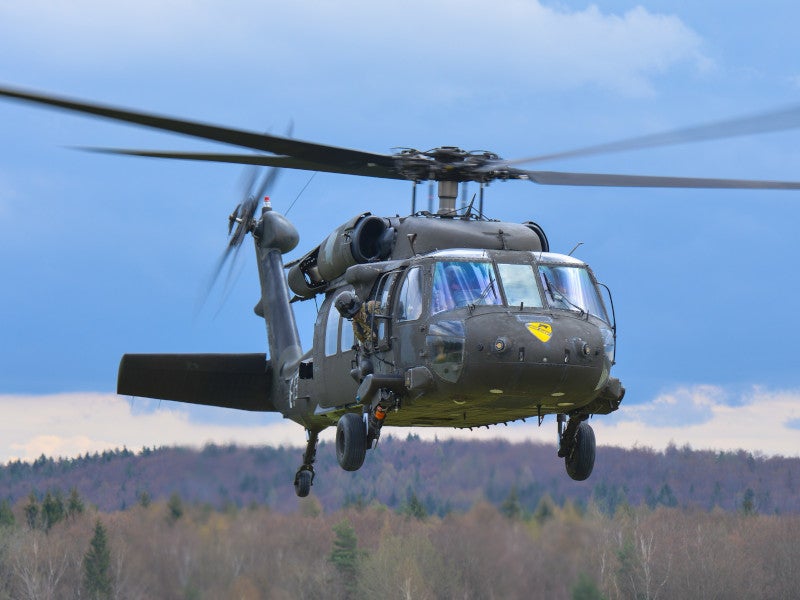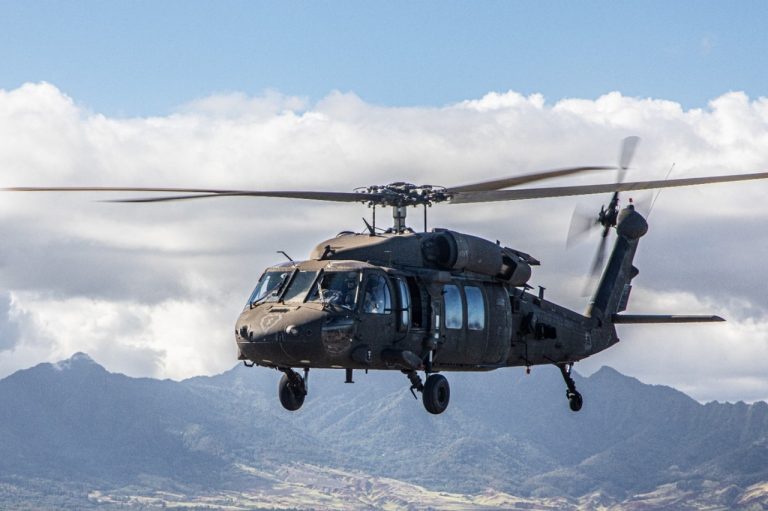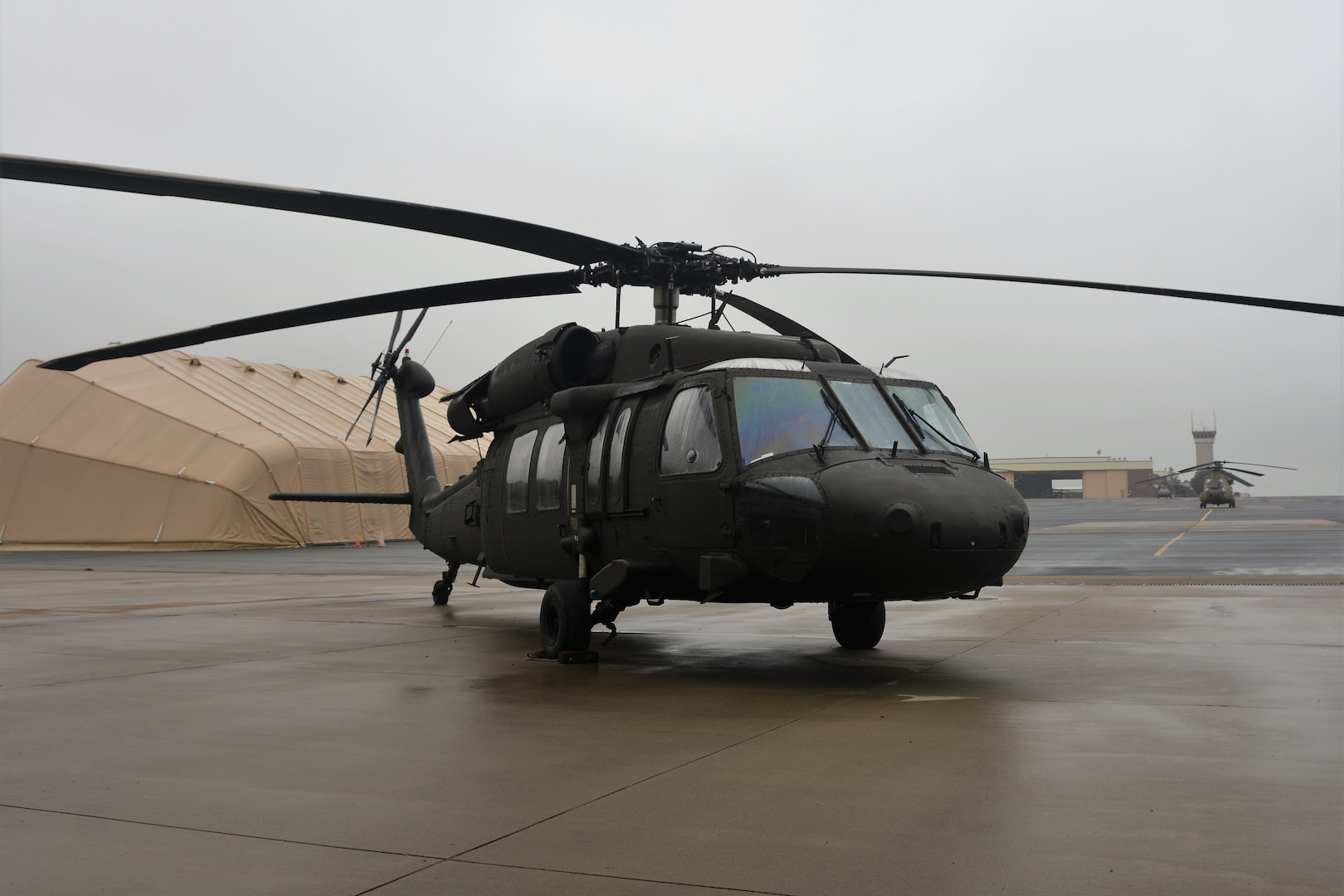Checking Out the Innovative Technology Behind Airplane Layout and Engineering
The area of airplane design and engineering is observing a transformative shift driven by cutting-edge modern technologies that boost performance, performance, and sustainability. As the market grapples with the obstacles of environmental obligation, developments in sustainable air travel technologies promise to improve the future.
Advanced Products in Airplane Style
Exactly how can the assimilation of advanced materials reinvent aircraft layout? The consolidation of sophisticated products, such as carbon fiber compounds, titanium alloys, and advanced porcelains, plays an important duty in boosting aircraft performance and effectiveness. These products provide remarkable strength-to-weight proportions, making it possible for producers to reduce overall aircraft weight without jeopardizing architectural stability. This decrease in weight straight adds to boosted gas performance and increased haul capability.
In addition, innovative products display improved resistance to corrosion and fatigue, resulting in lower maintenance prices and extensive solution life. The usage of titanium in vital elements aids withstand extreme temperatures and stresses, while carbon fiber compounds supply flexibility in layout and production processes. This adaptability permits for even more aerodynamic shapes, adding to premium performance features.
Additionally, the assimilation of wise materials, which can transform properties in feedback to outside stimuli, opens brand-new opportunities for adaptive systems in airplane design. uh 60. These technologies guarantee not only to improve safety and functional efficiency yet likewise to add to sustainability initiatives by minimizing ecological influence via minimized exhausts. In summary, progressed materials are redefining the landscape of airplane style, leading the way for much more reliable, resilient, and eco-friendly aeronautics solutions
Wind Resistant Innovations for Effectiveness
Aerodynamic advancements play a critical function in enhancing aircraft efficiency, significantly affecting fuel intake and overall performance. Breakthroughs in airfoil style, such as the introduction of supercritical wings, permit maximized lift-to-drag ratios, minimizing drag at transonic rates. These developments enable aircraft to preserve greater speeds with reduced gas expenditure, directly influencing functional costs and environmental sustainability.
Additionally, the assimilation of winglets has shown efficient in mitigating vortex-induced drag at the ideas of wings, better boosting fuel performance - uh 60. This design alteration brings about a decrease in wake turbulence, contributing to improved aerodynamic performance during cruise conditions

In addition, computational fluid dynamics (CFD) tools have actually changed the screening and refinement of aerodynamic shapes, permitting for specific simulations of air flow around aircraft (uh 60). This enables designers to innovate continuously, making certain that modern-day aircraft not just fulfill regulatory standards yet likewise push the borders of effectiveness in aviation

Function of Computer System Simulations
Computer simulations have actually come to be an indispensable device in the area of aircraft style, enabling engineers to conduct comprehensive analyses and optimizations of numerous design elements. These simulations permit the online screening of aerodynamic buildings, structural honesty, and performance metrics long before physical models are built. By using computational fluid characteristics (CFD) and finite aspect evaluation (FEA), designers can predict exactly how air moves around the aircraft and exactly how various products will check out this site reply to anxiety and strain.
Furthermore, computer system simulations facilitate the exploration of a wide variety of variables and scenarios, speeding up the layout procedure and decreasing expenses connected with physical testing. This capacity not only enhances the accuracy of forecasts concerning airplane behavior however likewise uses understandings right into potential design enhancements that may not be quickly apparent through conventional techniques.

In addition, simulations aid make certain conformity with rigorous safety regulations by allowing engineers to determine and correct prospective problems early in the style phase. The combination of simulation innovations into the aircraft design process underscores the substantial innovations in design techniques, eventually contributing to the advancement of safer, extra effective, and eco-friendly airplane.
Expert System in Engineering
Fabricated intelligence (AI) is reinventing the design landscape, especially in airplane design, by improving decision-making procedures and optimizing design process. Via device discovering formulas, AI can analyze vast datasets, revealing patterns and insights that inform style selections and boost total performance.
AI applications in aircraft design include generative style, where formulas develop multiple design options based upon defined criteria, permitting engineers to assess a wider series of possibilities. This not only speeds up the style stage yet additionally ensures that the end products meet strict performance and security criteria.
Additionally, AI-driven predictive analytics promote maintenance organizing by analyzing historical data and predicting potential failings. This aggressive approach reduces downtime and enhances airplane integrity.
In addition, AI help in simulation and modeling, hop over to here making it possible for designers to check styles under different problems without the need for physical prototypes. This capacity reduces growth timelines and lessens expenses connected with conventional testing techniques.
Lasting Aviation Technologies
The answer exists in the adoption of sustainable aeronautics technologies that prioritize efficiency and decrease carbon discharges. Technologies such as sustainable aviation gas (SAFs), which are derived from renewable sources, have actually emerged as an essential element in accomplishing lower lifecycle discharges.
In addition, developments in aircraft design, such as the advancement of lighter materials and more aerodynamically reliable shapes, contribute to boosted gas efficiency. Electric and hybrid propulsion systems are also obtaining grip, using a path to minimize reliance on nonrenewable fuel sources and minimize greenhouse gas exhausts.
The combination of these technologies is supported by regulatory frameworks and market collaborations targeted at establishing ambitious sustainability targets. Electronic tools like data analytics and synthetic intelligence can look here maximize flight procedures, even more improving gas efficiency. By embracing lasting methods and technologies, the aviation sector can not just fulfill the growing need for air travel however likewise play a pivotal function in addressing climate modification, making certain a much more lasting future for air transport.
Verdict
The convergence of sophisticated products, aerodynamic innovations, and innovative modern technologies marks a considerable advancement in aircraft design and engineering. The assimilation of carbon fiber composites, titanium alloys, and AI-driven processes not only improves efficiency and efficiency but also streamlines operations and predictive maintenance. Moreover, the continuous advancement of lasting aeronautics technologies underscores a commitment to environmental obligation, leading the way for a greener future in aviation. This constant innovation will shape the sector's trajectory for several years ahead.

Computer simulations have come to be an important device in the field of airplane design, enabling engineers to carry out in-depth analyses and optimizations of various style facets.The convergence of innovative materials, wind resistant technologies, and innovative modern technologies marks a substantial evolution in airplane design and design.